Black phantom tetra - Hyphessobrycon megalopterus
Scientific name: Hyphessobrycon megalopterus
Common name: Black phantom tetra
Family: Characidae
Usual size in fish tanks: 4 - 5 cm (1.57 - 1.97 inch)
014
Recommended pH range: 6 - 7.2
Recommended water hardness: 2 - 10°N (35.71 - 178.57ppm)
0°C 32°F30°C 86°F
Recommended temperature range: 23 - 27 °C (73.4 - 80.6°F)
The way how these fish reproduce: Spawning
Where the species comes from: South America
Temperament to its own species: peaceful
Temperament toward other fish species: peaceful
Usual place in the tank: Middle levels
General Information
The Black Phantom Tetra (Hyphessobrycon megalopterus) is a peaceful schooling characin native to the upper Río Paraguay and upper Madeira/Guaporé drainages (Bolivia/Brazil border region). Adults reach 4–5 cm and show a dark shoulder blotch with translucent, smoky fins. Males perform elegant fin-flaring displays toward each other; a proper shoal ( 8–10 ) keeps behaviours natural and reduces shyness.
Food & Feeding
Omnivorous micro-predator. Offer quality micro-flakes or micro-granules as the staple and rotate frozen/live foods (daphnia, baby brine shrimp, mosquito larvae; bloodworms in moderation). Small portions 1–2× daily help maintain colour without polluting the water.
Sexing
Males have a taller, more pointed, darker dorsal fin and a more pronounced black “phantom” patch; females are slightly fuller-bodied and show a subtle reddish tint in the fins when in good condition.
Breeding
Egg-scattering tetra with no parental care—achievable but easier in a dedicated setup. Use very soft, slightly acidic water (target pH ~5.5–6.5), dim light, fine-leaved plants or spawning mops, and a dark base (marbles/mesh) to protect eggs. Spawning often occurs at daybreak; remove adults immediately. Eggs typically hatch in ~24–36 h, and fry become free-swimming after 3–4 days. Start with infusoria/micro foods, then newly hatched brine shrimp.
Lifespan
Usually 3–5 years with clean, stable water and a varied diet.
Tank Requirements & Water Parameters
- Tank size: at least 75–90 cm (30–36″) length for a shoal; open lanes for schooling plus planted/shaded areas.
- Water: prefers soft, slightly acidic conditions (pH 6.0–7.2, hardness ~2–10 °dH); temperature 23–27 °C (73–81 °F). Stability is more important than the absolute number.
- Filtration & flow: gentle flow with high oxygenation; leaf litter/wood add beneficial tannins.
- Aquascape & light: darker substrate, dense plants, driftwood, subdued lighting to intensify colours and reduce stress.
- Maintenance: weekly water changes; avoid abrupt parameter swings.
Compatibility & Tank Mates
Peaceful community fish. Ideal with similarly sized tetras/rasboras, Corydoras, small loricariids, and gentle dwarf cichlids. Avoid boisterous/fin-nipping species and large predators. Keep in a proper shoal to minimise any occasional nipping.
Behaviour & Usual Place in the Tank
Active in the middle water column. Schools more tightly when startled; otherwise cruises midwater among plants and open spaces.
Short Description
Black Phantom Tetras are gentle South American schoolers that thrive in soft, slightly acidic, planted aquaria with subdued light. Provide a large shoal and a varied micro-diet for the best colour and behaviour.
Pictures
Bought by aqua-fish.net from jjphoto.dk.
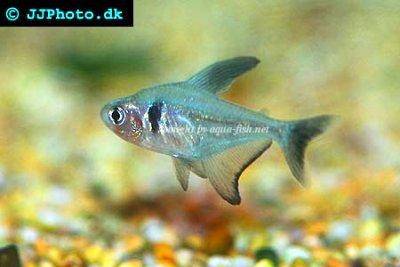



 Bloodfin
Bloodfin 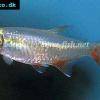 Bloodfin
Bloodfin  Panda
Panda 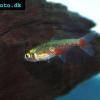 Green
Green  Blind
Blind 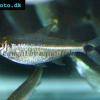 Kennedy
Kennedy 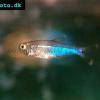 Blue
Blue 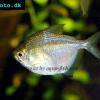 Discus
Discus 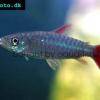 Pink
Pink  Bucktoothed
Bucktoothed 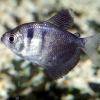 Black
Black 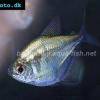 False
False  Silver
Silver  Hemigrammus
Hemigrammus 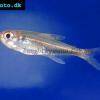 Dash-dot
Dash-dot 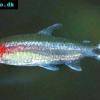 Rummy
Rummy  Glowlight
Glowlight 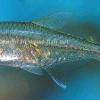 January
January  Head
Head  Garnet
Garnet 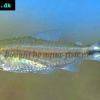 Rummy
Rummy  Gold
Gold 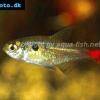 Red
Red 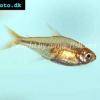 Ember
Ember  Buenos
Buenos 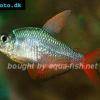 Colombian
Colombian 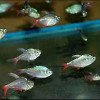 Ecuador
Ecuador  Bleeding
Bleeding  Flame
Flame  Georgett’s
Georgett’s 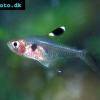 Griems
Griems 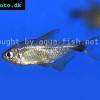 Kitty
Kitty  Black
Black 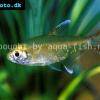 Firefin
Firefin 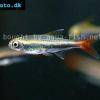 Loreto
Loreto 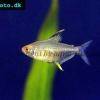 Lemon
Lemon  Redback
Redback  Rosy
Rosy 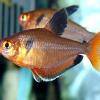 Serpae
Serpae  Savanna
Savanna 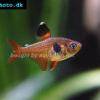 Red
Red 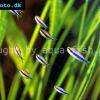 Blue
Blue 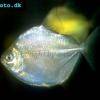 Silver
Silver 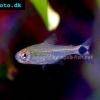 Ceros
Ceros  Napo
Napo 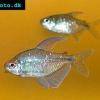 Diamond
Diamond 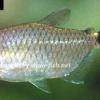 Red
Red 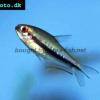 Rainbow
Rainbow 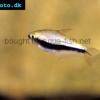 Emperor
Emperor  Cardinal
Cardinal 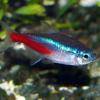 Neon
Neon 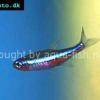 Green
Green 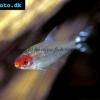 False
False 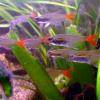 Glass
Glass 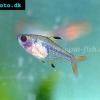 X-ray
X-ray  Penguin
Penguin